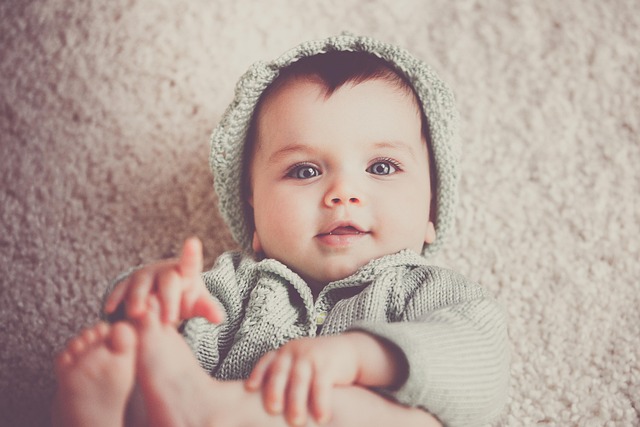The physical environment of accommodations in DHS child welfare cases significantly impacts young people's well-being and development. High-quality beds and supportive structures are vital. Efficient case management, streamlined legal processes, clear communication, and technology like case management software optimize resources, improve outcomes, and protect the best interests of vulnerable children in these cases.
“Expertise in navigating complex DHS child welfare matters is paramount for ensuring positive outcomes. This article offers a comprehensive guide, delving into the intricacies of these challenging cases. From understanding legal strategies for efficient case management to supporting vulnerable children and families, we provide valuable insights. By exploring key aspects of DHS child welfare cases, professionals can enhance their approach, ultimately advocating for the best interests of all involved.”
- Navigating Complex DHS Child Welfare Cases: An Overview
- Legal Strategies for Efficient Case Management
- Supporting Children and Families Through The Process
Navigating Complex DHS Child Welfare Cases: An Overview

Bed, Structure / Structure High *
Legal Strategies for Efficient Case Management

In navigating complex DHS child welfare cases, efficient case management is paramount. Legal strategies should focus on streamlining processes to ensure timely responses and effective communication among all stakeholders, including attorneys, social workers, and courts. This involves establishing clear protocols for document management, regular case updates, and proactive identification of potential delays or challenges. By adopting these measures, legal teams can significantly enhance the chances of favorable outcomes for both children and their families.
Moreover, leveraging technology becomes crucial in managing intricate DHS child welfare cases. Case management software can facilitate centralized record-keeping, automate reminders, and enable real-time collaboration among team members. This not only reduces administrative burdens but also allows for more strategic decision-making based on comprehensive case histories and data analysis. Ultimately, these legal strategies aim to optimize resources, improve client outcomes, and ensure the best interests of vulnerable children are protected.
Supporting Children and Families Through The Process

Supporting children and families is a critical aspect of navigating complex DHS child welfare cases. These cases often involve sensitive situations, and every effort should be made to ensure the well-being and comfort of all involved. The process can be emotionally taxing for both children and parents, so a compassionate and patient approach is essential. This includes providing clear communication, explaining legal proceedings in terms they understand, and offering resources for emotional support.
Effective support involves connecting families with advocacy groups, counseling services, and other community resources that can help them cope with the challenges of the legal process. Additionally, ensuring regular contact between parents and children, while adhering to court-ordered visitations, is vital to maintaining familial bonds. This holistic approach aims to not only resolve the legal matter but also strengthen the family unit moving forward.






